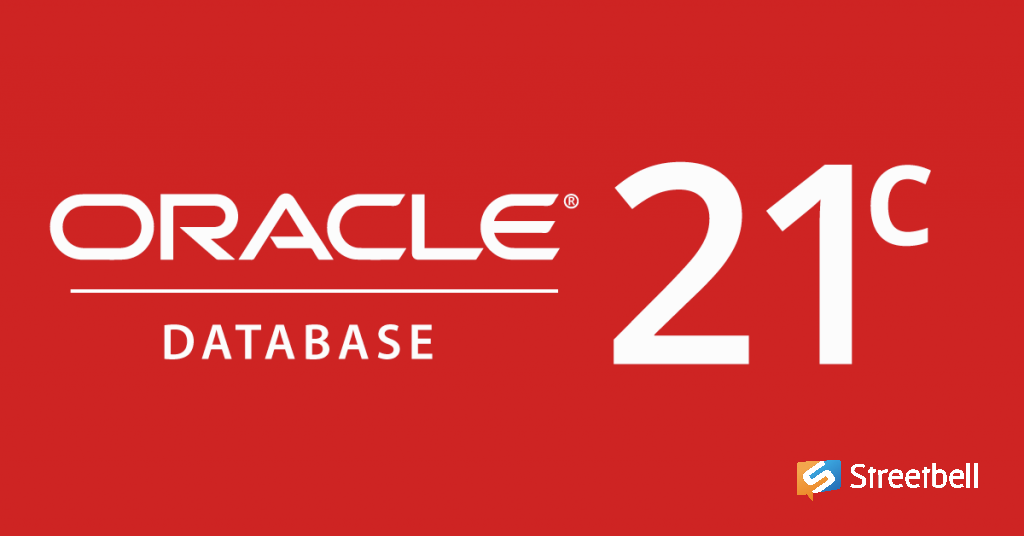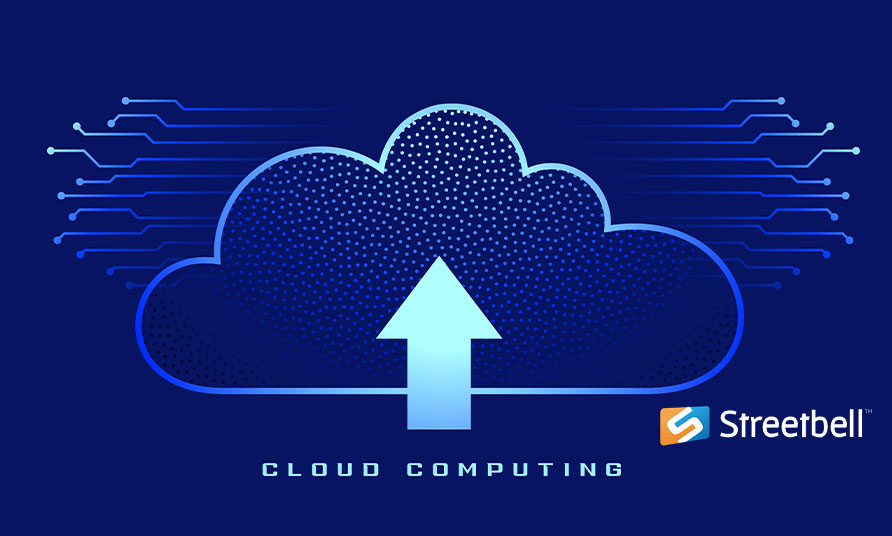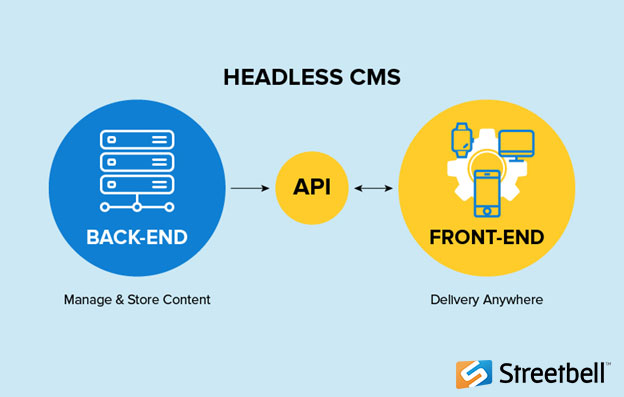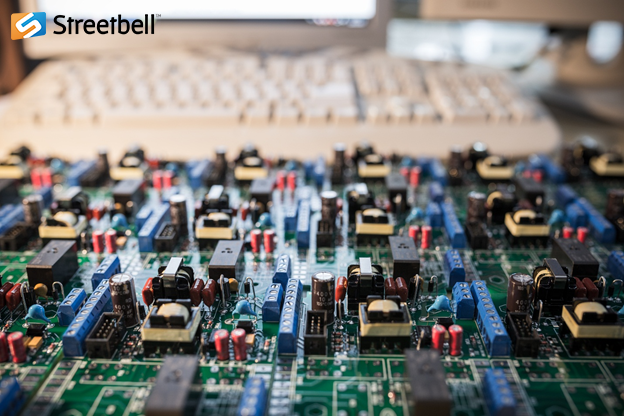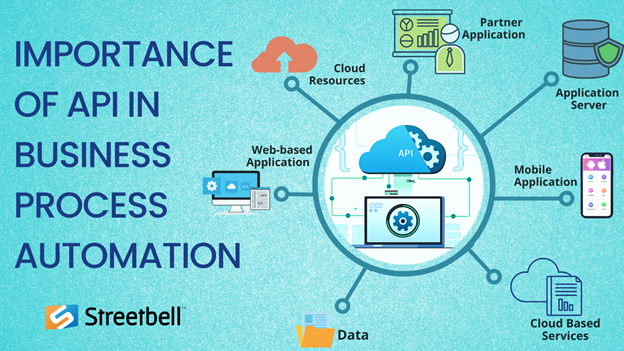
The Significance of APIs in Business Process Automation: Shopygo BPA
- Athul Raj
- Mar 14, 2022

ECommerce growth has skyrocketed in recent years. According to Statista, the eCommerce market grew at an unprecedented rate between 2020 and 2021, rising from USD 3.3 trillion in 2019 to USD 4.5 trillion in 2021.
Headless CMSs have paved the way for new ways for online businesses and retailers to distribute digital content to more visitors worldwide. From kiosks to smart speakers to connected buttons in the kitchens, customers can already make purchases away from their laptops, smartphones, and tablets; thus, the IoT era has only just begun.
This article delves deeper into the realm of headless CMS in eCommerce, the difference between Headless CMS and Traditional CMS, and the best practices eCommerce firms should employ if they decide to become headless.
Let’s begin!


Consumers are wanting more tailored interactions with brands than ever before. For large businesses, the needs of content authors interacting with their CMS and end-users engaging with their content are likely to be vastly different. With more inflexible traditional content management systems, providing a personalized experience to all of them is becoming increasingly challenging.
To create these individualized experiences, businesses are turning to composable content management. You can use composable content management to develop distinct content modules that match the various demands of contributors, allowing them to change their content as needed.
The headless CMS was originally intended to send content to non-browser systems such as mobile applications and internet-of-things (IoT) devices. Because it allows you to produce highly personalized content to an individual's needs, it's become a popular alternative to other CMS technologies.
A headless CMS, which lacks a predefined front-end system, allows you to pick how to present your content rather than relying on a templating system. Because your material is raw, you may distribute it anywhere and via any structure, which is advantageous for omnichannel content efforts. Contentful, Core DNA, and Contentstack are examples of headless content management systems.
You may decide to use a headless platform because:


Have you heard of WordPress? WordPress, the world's largest website building platform, is also the perfect representative of traditional CMS. A traditional CMS integrates a website's front-end and back-end, connecting the templates users use to design their site to the back-end management and databases. While this architecture allows non-technical users to manage and change web content, the architecture of a traditional CMS is restrictive and limits adaptability. Drupal and Joomla are two other traditional CMS examples.





A headless eCommerce CMS, as previously said, is essentially a headless CMS with eCommerce incorporated into the platform. Numerous headless CMS options can give eCommerce capabilities, but we recommend selecting a hybrid headless CMS to find the one that is best for your business.
When looking for a hybrid headless CMS solution, check for the following characteristics:
Whether you want to develop a landing page or a microsite to complement your main online store, you'll need a system that allows marketers to build these campaigns quickly and effectively, with little or no technical assistance. Marketers will have more influence over the platform as a result, and they will have less friction with the IT team.
Whatever technology you pick, your hybrid headless CMS must be compatible with and interface with any MarTech tool and its data. This feature allows marketers to keep all of their preferred tools, such as marketing automation, CRM, and analytics, in one place.
Your decoupled CMS will become the major center for eCommerce activity in addition to interacting with technologies. This implies that everyone on your team will have access to the platform. The ideal solution should have a collaboration feature that allows your team to define workflows, create an audit trail, and assign user permissions.
It is pointless to have an eCommerce website that cannot be found on search engines. Using a platform that can automate your SEO without requiring you to install a slew of plugins will offer you more time to optimize experiences across several channels of your online business.


The rise in popularity of the headless commerce platform can be attributed to two things.
For starters, when eCommerce first appeared on the scene, desktop browsers accounted for the vast majority of traffic. As a result, we saw the emergence of a variety of platform solutions, which we shall refer to as traditional eCommerce platforms. A traditional platform includes a tightly coupled frontend and backend.
However, as technology advanced and we were exposed to increasingly linked devices and applications such as smartphone apps, IoT devices, digital signage, and other connected devices, we saw a significant shift in consumer behavior. Data can now be collected to better understand client groups and behaviors, launching a new era of data-driven eCommerce content management.
With a headless commerce system, eCommerce stores may use multiple channels to present users buy suggestions based on their experiences with the store across multiple devices and touchpoints.
When we look at current customer spending behaviors, we can see that both mobile and voice commerce sales have surged. Mobile commerce sales in the United States alone are worth roughly $100 billion per year, with voice commerce sales estimated to reach $40 billion by 2022.
However, most traditional eCommerce platforms do not allow eCommerce firms to deliver experiences to these devices. The second factor is that we are currently seeing more brands, who previously only used their website for content distribution, grow into eCommerce - particularly in the B2B area. According to Statista, B2B eCommerce revenues will exceed $1.2 trillion by 2021.
The fundamental reason for this is that the purchasing power of millennials, a group that wants a tailored experience on mobile devices, is expanding. According to the Harvard Business Review, roughly half of B2B purchasers will be millennials by 2021.
If you're a marketer or part of a small team starting to create a website, a classic CMS is a great place to start. However, if you are working with developers and do not want to depend on templates for your site, or if you require more advanced functionality, a headless CMS may be the way to go. This solution is only suggested if you have the time, resources, and experience to correctly configure the system.
There is also a third option: a hybrid CMS, which is a platform that allows marketers and developers to provide content across different channels. A hybrid CMS combines the best of both worlds, giving marketers access to familiar interfaces while enabling a developer to generate content for third-party applications. Take your time, try the systems, and select the solution that best meets your needs.

